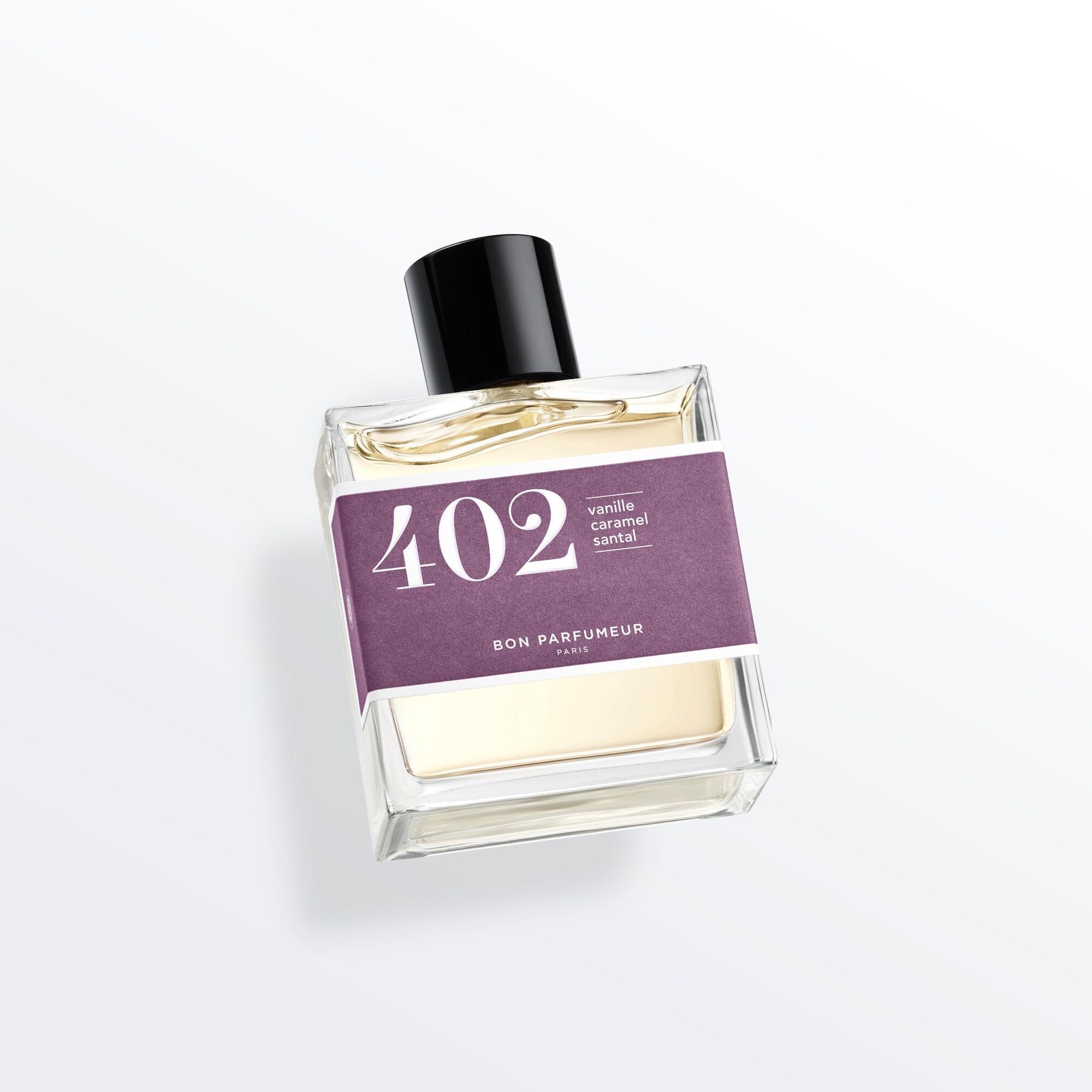What does the word "angelica" mean?
The etymology of the word "angelica" goes back to the medieval Latin "angelica", itself derived from the classical Latin "angelus". The term has several meanings, but one of them is linked to the legend that angelica was used to treat plague epidemics in the Middle Ages. The plant was considered a gift from the angels, hence the name "angelica" or "angel weed".
Angelica is also associated with mythology and folklore, where it is sometimes considered a magical plant or the bearer of divine virtues. Over time, angelica has become an emblematic plant in certain regions, such as the Marais Poitevin in France, where it has acquired significant historical and cultural importance.
In the beginning…
The history and origins of angelica date back to antiquity, when the plant was already known for its medicinal properties and culinary uses. Its scientific name, Angelica archangelica, is inspired by the medieval belief that angelica was a gift from the archangels to heal ailments and protect against epidemics. Angelica is native to temperate regions of the northern hemisphere, notably Europe and Asia. It is mainly found in mountainous regions, damp meadows and riverbanks. This hardy plant can reach heights of over two meters, with large, serrated leaves and umbels of small white or green flowers.
Over the centuries, angelica has been widely used for its medicinal properties. In ancient times, it was renowned for its carminative and digestive properties, and was often used to treat gastrointestinal disorders, colic and respiratory problems. It was also used as a diuretic and to relieve joint pain. In the Middle Ages, angelica became even more popular in Europe for its medicinal virtues, and was associated with protection against plague epidemics and contagious diseases. The plant was thought to be a miraculous remedy offered by angels to heal the sick.
Angelica Cultivation
Angelica is mainly grown in the temperate regions of northern Europe, notably France, Germany, Belgium, Scandinavia and Eastern Europe. These regions offer favorable climatic conditions, with soils rich in organic matter, which are ideal for growing this plant.
Growing angelica begins with selecting a suitable location. This plant prefers soil rich in organic matter, moist and slightly acidic. It thrives in partially shaded areas, protected from strong winds. Planting is generally done in spring, using seeds or seedlings. Seeds should be stratified for a few weeks before planting to encourage germination. Plants should be spaced about a metre apart to allow for development.
Angelica requires regular care, including frequent watering and protection against pests. It reaches full maturity in two to three years. During this period, it develops large green leaves and umbels of white or green flowers. Angelica is harvested in summer, when the seeds are ripe and the roots well developed. The seeds can be harvested for future sowing, while the roots are dug up, cleaned and dried for medicinal or culinary use.
What do you know about angelica in perfumery?
The angelica distillation process is used to extract the essential oil from this plant. First, the plant parts used, whether seeds or roots, are harvested and dried to reduce their water content. Next, these plant parts are placed in an alembic, a specially designed distillation apparatus. The alembic is made up of three parts: a tank of heated water, a reservoir containing the plants, and a distillation column. The water is heated to create steam, which rises through the column and passes through the plants. The steam then passes through a cooling coil, where it cools and condenses to form a liquid. This liquid is a combination of water and essential oil. As the essential oil is lighter than water and immiscible with it, it floats on its surface. The essential oil is then collected separately. The angelica distillation process yields a precious essential oil, used in perfumery for its aromatic, herbaceous and woody fragrance, and in aromatherapy for its therapeutic properties, notably its relaxing and digestive virtues.
Angelica has a unique and distinctive fragrance, characterized by aromatic, herbaceous and woody notes. Its scent is often described as fresh, green and slightly spicy. It also has an earthy, rooty note that gives it intriguing depth.
Angelica's olfactory accords vary according to the parts of the plant used. Essential oil extracted from the seeds tends to be lighter and more aromatic, with fresh, herbaceous notes. Essential oil extracted from the roots, on the other hand, has a woodier, earthier tone. In perfumery, angelica is often used to add green, herbaceous and aromatic nuances to olfactory compositions. It blends well with other natural ingredients such as lemon, bergamot, cedar, vetiver, patchouli, lavender and galbanum. These accords create fresh, sophisticated and elegant fragrances, while adding a touch of mystery and subtlety.
Overall, angelica brings a unique dimension to fragrances, with its complex olfactory palette and fresh, green and woody accords, making it a popular ingredient for perfumers to create original, captivating compositions.
Interesting Fact!
Angelica has many health benefits and virtues. It is recognized for its digestive, carminative and antispasmodic properties, helping to relieve digestive problems such as bloating and abdominal cramps. It is also used for its relaxing properties, helping to reduce stress and anxiety. Angelica is rich in antioxidants, boosting the immune system and protecting cells against oxidative damage. It is also used in aromatherapy to soothe sleep disorders. Angelica also has anti-inflammatory properties that can help relieve joint and muscle pain.
Some popular angelica perfumes
• Eau de parfum Angélique Noire by Guerlain
• Eau de parfum Drakkar Noir by Guy Laroche
• Eau de toilette Aqua Allegoria Angélique Lilas by Guerlain
• Angélique sous la pluie by EDPFM
• Blue cédrat by Comme des Garçons
• Tuberose Angelica Intense cologne by Jo Malone London
















